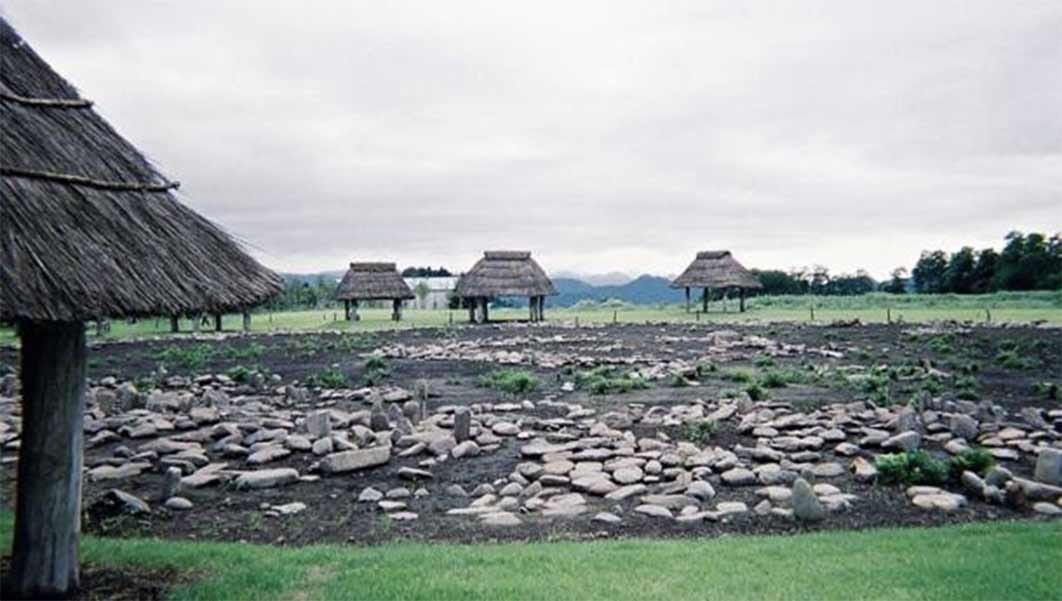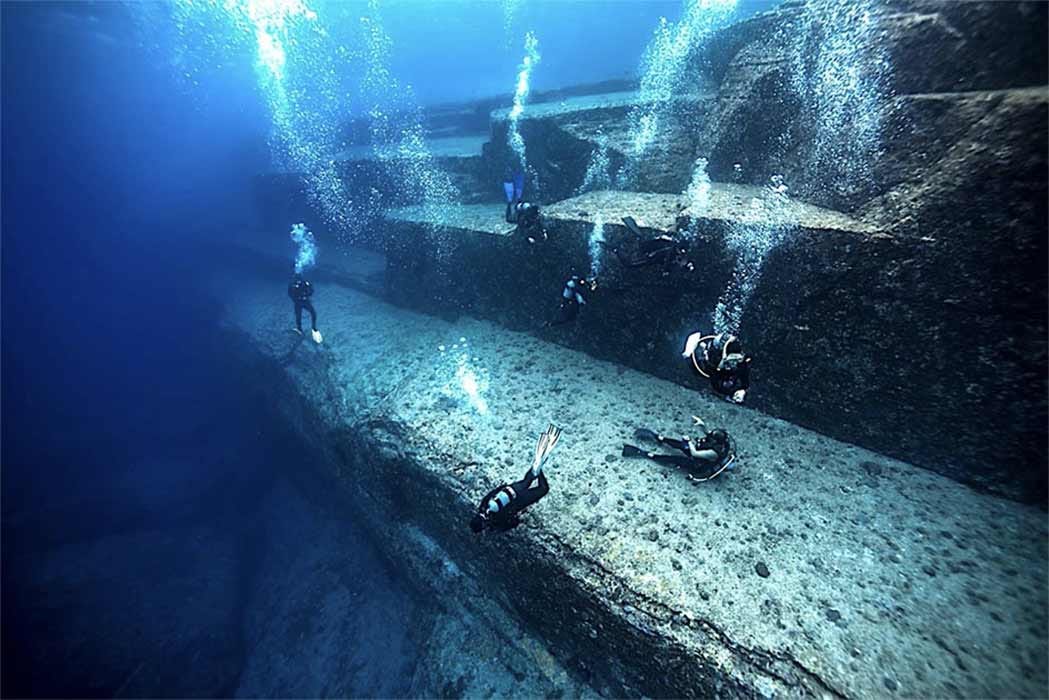The Jōmon People of Ancient Japan: A Blueprint for Hope
When considering an ancient civilization, especially one that has been largely unexplored, it is easy to form ideas based on unexamined assumptions. The phrase ‘Lost Civilization’ probably brings to mind megaliths buried in a desert or hidden beneath ocean waves. This is the vivid image conjured by Percy Bysshe Shelley in his classic poem, Ozymandias:
I met a traveler from an antique land,
Who said— “Two vast and trunkless legs of stone
Stand in the desert . . . Near them, on the sand,
Half sunk a shattered visage lies, whose frown,
And wrinkled lip, and sneer of cold command,
Tell that its sculptor well those passions read
Which yet survive, stamped on these lifeless things,
The hand that mocked them, and the heart that fed;
And on the pedestal, these words appear:
'My name is Ozymandias, King of Kings;
Look on my Works, ye Mighty, and despair!'
Nothing beside remains. Round the decay
Of that colossal Wreck, boundless and bare
The lone and level sands stretch far away."
A contrasting idea, however, would be instead of pondering thoughts of wreck and ruin, to think about the possibility of discovering forgotten wisdom. A lost civilization could possibly teach one something totally divorced from technologies couched in the language of architecture and cities, or even the imaginary death rays and mythical magic crystals that are a staple of science fiction. It might contain, within its store of forgotten lore, something modern man desperately needs to understand if he is to avoid becoming a lost civilization of the future.

Yonaguni Sunken City
In 1995, off the southern coast of Yonaguni, Japan, a disoriented diver who found himself too far away from the Okinawa coast, discovered a sunken group of megalithic blocks that appeared to be a human-made, terraced structure. When he reported his finding, he sparked a hotly debated argument that continues to this day. Some believe the structure to be a natural formation, eroded by water but still explained by the usual forces of nature. Others disagree. They claim the discovery is a 10,000-year-old artificial structure built by an ancient lost civilization that has long since been submerged by rising ocean levels. Where some see erosion and water-eroded features, others see arches, straight edges not usually found in nature, staircases, and pylons.
Keep reading with a 7-day free trial
Subscribe to Ancient Origins UNLEASHED to keep reading this post and get 7 days of free access to the full post archives.


